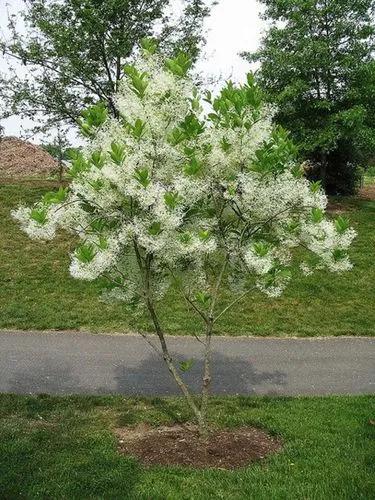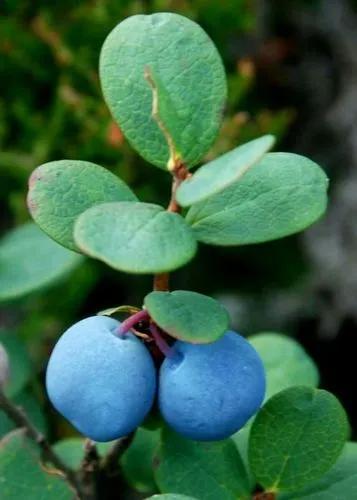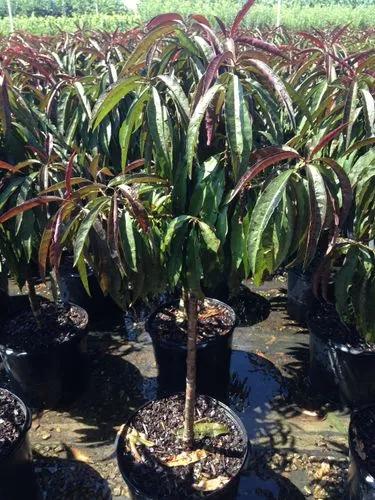Mama cadela is a deciduous shrub or small tree, growing from 2 - 8 metres tall with exceptional specimens to 25 metres. The bole, which is normally straight and cylindrical, can be 20 - 40cm in diameter. The edible fruits are gathered from the wild and consumed locally. They are generally greatly enjoyed
Mama Cadela Care
Brosimum Gaudichaudii



Brosimum gaudichaudii known as "mamacadela" is a common cerrado species with a great importance on medicine folk and in the pharmaceutical industry. The bark of the root and stem is used on the treatment of "vitiligo" being the bergapten and psoralen two furocoumarins responsible for pharmacological activity. This work presents the morphoanatomical and histochemical characterization of the vegetative organs of B. gaudichaudii, with information about its embryo and post-seminal development. Samples were processed by usual techniques of plant anatomy and ultra-structure. The embryo is of the total type and invaginate, the seedling is crypto-hypogeal and the tirodentro's radicular system is composed by primary root that is not always well developed when compared to other roots that probably are derived of the hypocotyl which have greater size. The adult plants present long shoot bud-forming roots and plagiotropics origining with air branch. These roots present a periderm with developed phellem and secondary phloem more developed than xylem, being both easily eminent when manipulated. The stem and the leaf show unisseriate epidermis with a high density of unicellular non-glandular trichomes and glandular trichomes. The laticiferous are branched and non-articulate, occurring at all organs mostly frequently inside of the vessel elements. Phenolic-idioblasts occur abundantly at all organs.
Discover more plants with the list below
Popular articles






